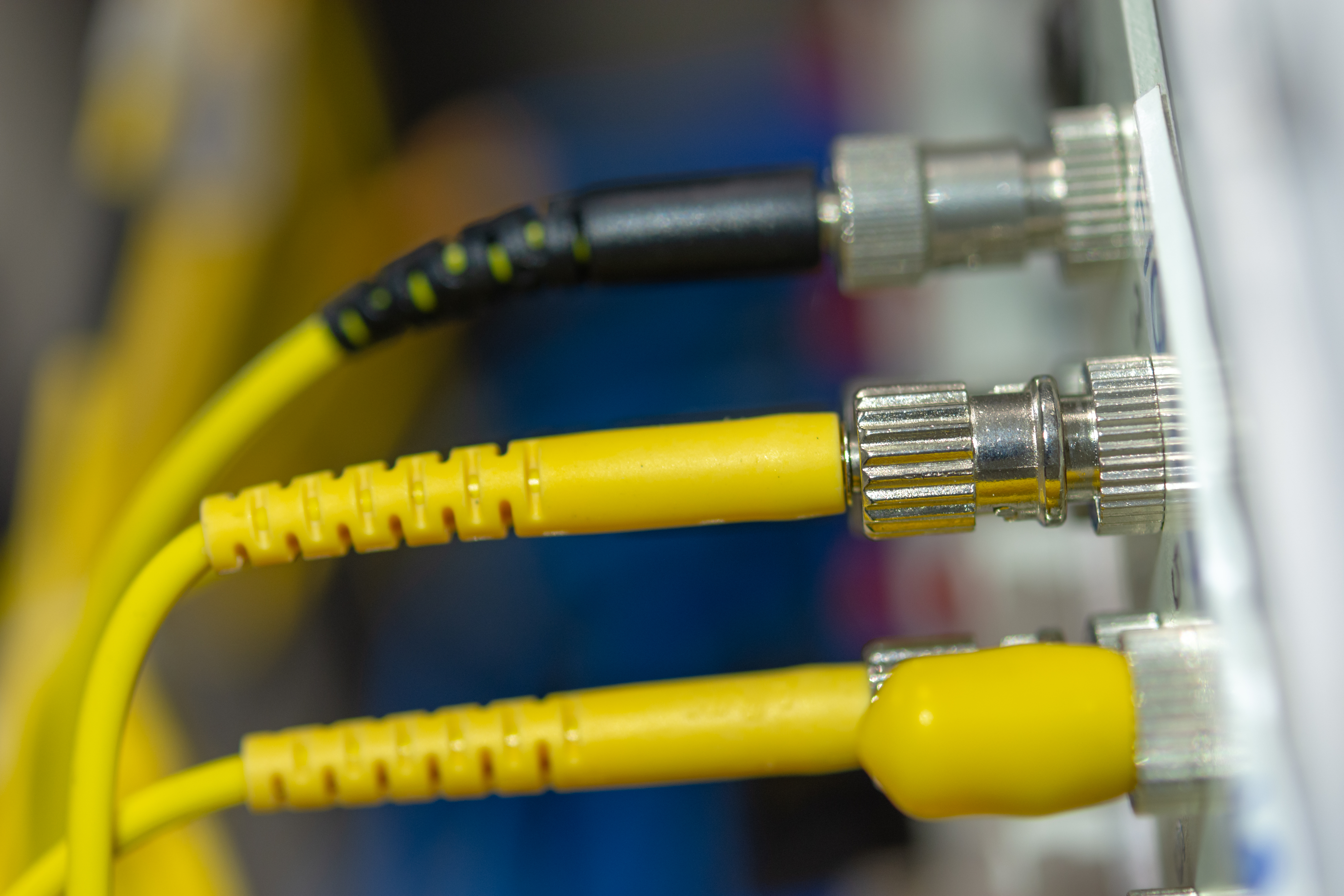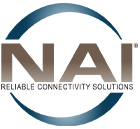
27 Sep Uses for Patch Cords in Data Centers
Patch cords are such a common component in data center set-ups that the significance of their role in data transmission is often overlooked. Not just any patch cord can handle heavy data transmission, and trying to get by with lower quality or lesser capability is a gamble your company can’t afford.
When setting up your data center, take care to work with reliable cable manufacturers and technicians. They have a solid understanding of the cables that will work best to handle the large amount of data your center will need to transmit.
What Are Patch Cords and Cables?
Patch cords, sometimes referred to as patch cables, are simply cables with connectors at each end. A patch cord connects two electronic or optical devices to each other for signal routing. In a data center, patch cords are used to connect various devices, including:
- Hubs
- Switches
- Routers
- Telephones
The cables allow transmission of audio, video, and digital signals between these devices for networked and non-networked applications.
Read More Patch Cable Definition, Types and Uses
Types of Patch Cords
Several types of cables can be used to make patch cords, including:
- Coaxial
- Fiber optic
- STP (shielded twisted pair)
- UTP (unshielded twisted pair)
Each type of cable is made of different materials, offering varying levels of quality and data transmission capabilities.
Read More Tips on Selecting the Right Patch Cords
Coaxial Patch Cords
Coaxial cables are generally made of copper and can be shielded or unshielded, depending on the required usage. This material is often used in patch cords because it is strong, pliable, and corrosion resistant.
Fiber Optic Patch Cords
Typically referred to as “jumper cables,” fiber optic patch cords are often used with optical switches and other telecommunications equipment. They are ideal for connecting optical transmitters, receivers, and terminal boxes.
STP Patch Cords
These cables contain an additional foil layer to prevent electrical interference, making them well suited for installation in areas with large electrical devices. They are moderately priced, somewhat difficult to install, and require some effort to maintain.
UTP Patch Cords
UTP patch cords are light and cost-effective. They are often used in home and office applications, such as connecting laptop or desktop computers to telecommunications wall outlets. They can have a high interference rate, but they are easy to maintain.
Patch Cords for Data Centers
In a data center setting of any size, patch cords connect equipment housed in racks or enclosures. They are effectively pipeline components for of the data transmission process and are critical to optimizing the performance of the network.
Patch cords are available in a wide variety of lengths and with a wide assortment of attached connectors to suit many applications within a data center. Your assembly engineer will be able to help you determine which cords and attachments are ideal for your cable setup.
Selecting the Right Data Center Patch Cords
Since patch cords do most of the work in a data center setting, it is vital to select the right one for the job at hand. When you are choosing patch cords and jumpers for your data center, consider the limitations of cord types.
Copper Limitations
Copper patch cords are vulnerable to bit error rates. This can threaten transmission rates, slow down computer operations, and even alter or block data signals. When selecting copper for your patch cables, be sure to plan for bit error testing.
Signals sent over copper can “leak,” weakening the transmission. Signal ingress, when data leaks in, can be an issue. RFI (radio frequency interference) and EMI (electromagnetic interference) may also interrupt and weaken transmissions.
Once a problem is detected, it can be difficult to resolve, as bit errors can occur anywhere along the patch cord assembly. Selecting higher quality, more rigorously-tested copper cables and connectors can help to mitigate these risks.
Fiber Optic Limitations
Fiber optic patch cords carry risk as well, primarily due to their physical structure. Fiber optic cords are prone to breakage caused by excessive physical stress, bending, or faulty splices. Lesser-quality fiber optic patch cords can have issues transmitting adequate signals. power. They may experience excessive signal loss if a cable span is too long. Contaminated or faulty connectors can also create issues.
Again, investing in quality fiber optic patch cables or jumpers can prevent many of these issues. Patch cords assembled from quality components, especially those that have been thoroughly tested and factory-spliced (versus splicing in the field), will prove to be worthwhile.
Hybrid Solutions
Many data centers opt to combine the best of both worlds—linking copper and fiber cables together in their data center assemblage. Since these two types of cable work best in different data transmission scenarios, a hybrid cable assembly or bundled cable assembly is an optimal solution for data centers with multiple signal transmission requirements.
Choosing the Right Data Center Patch Cord Design
Beyond cable materials, the physical design of a patch cord can impact your data center’s transmission reliability and performance. Ideally, you will want to source a patch cord with the least susceptibility to excess “noise” that could interfere with data transmission, slowing down transmission rates or reducing data quality.
Consider your data center environment. Evaluate the space based on factors like:
- Temperature: is the space unusually hot or cold?
- Moisture: is the location particularly humid or excessively dry?
- Foot traffic: will the cables be housed in an area that employees need to access frequently?
A reputable assembly manufacturer with a strong understanding of the engineering required in data center planning can help you make these determinations. Cable components, such as insulation, jacket material, shielding, armor and more, are used to engineer patch cords that are resilient to the environmental stresses listed above.
After Installation
As with any technical installation, you will want to test your new data assembly to spot potential issues. Your IT or engineering staff will be able to test for data leaks, slowdowns, and the quality of the data being transmitted, making adjustments and recommendations along the way.
Key Conclusions
Selecting the right patch cords for your data center can set you up for success from the start. An inferior patch cord product can leave you vulnerable to data transmission loss or excessive noise, leading to lower performance overall. Working with a reputable custom interconnect manufacturer can help you determine how your unique data center environment and your business goals should impact your cable and assembly choices.
NAI has extensive capabilities and experience in designing and manufacturing custom patch cables. Take a look at some of our cable assemblies.

